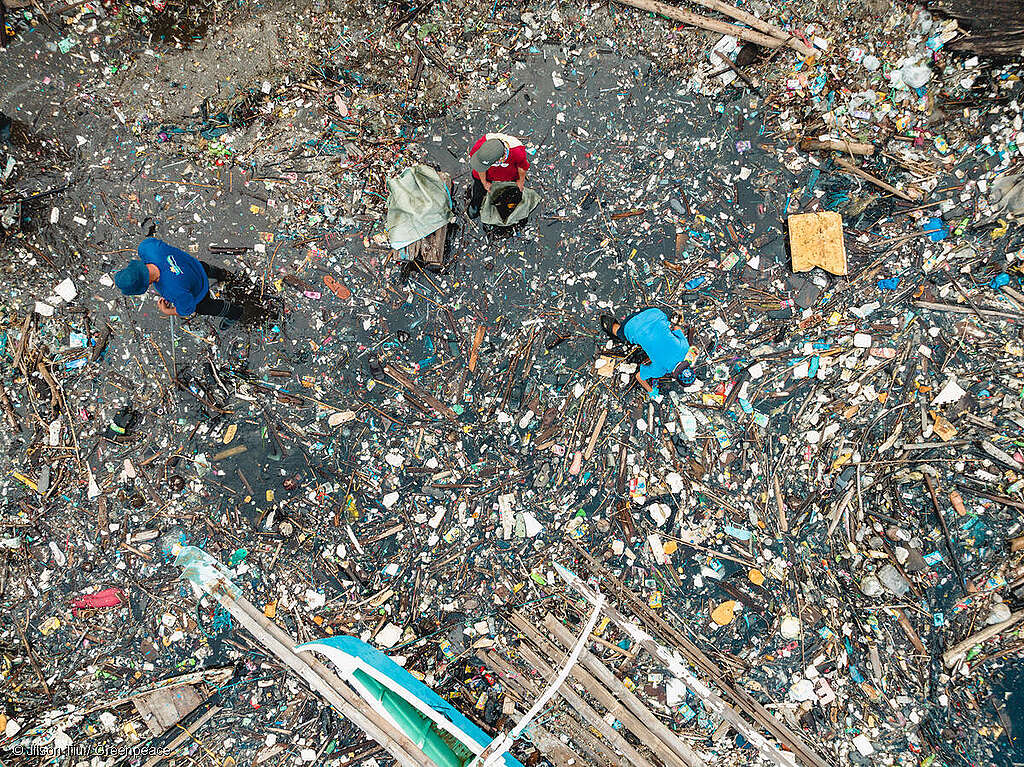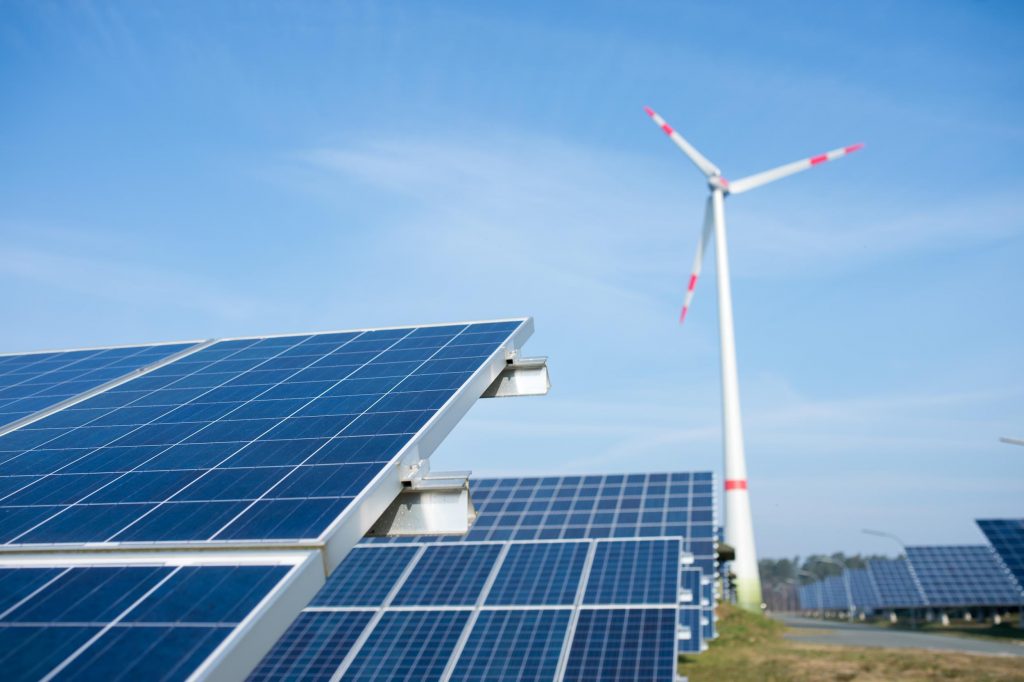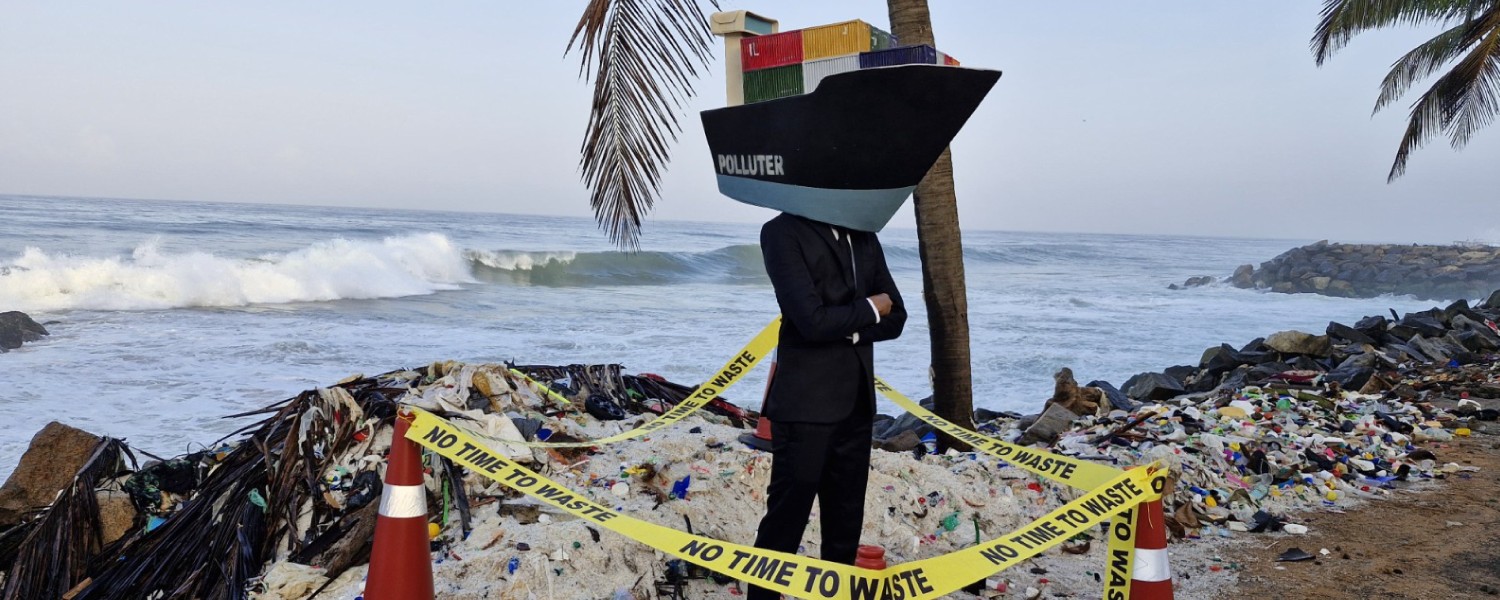
Hold MSC Accountable for their Mess on Our Shores!
The MSC ELSA 3 shipwreck continues to spread plastic pellets and other toxic waste across our coastline, damaging lives and livelihoods. But STILL accountability and action is missing. There’s NO TIME TO WASTE. Add your name to demand action.

One Ocean. Many Lives. One Story Only You Can Tell.
One ocean, many lives. a digital competition for you to convey your ocean story.

Raise your voice for Climate Justice
Individuals and communities are taking action now to hold governments and corporations to account. You can make a difference.

Let’s end the age of plastic!
We demand an ambitious and strong global plastics treaty that will limit plastic production and use.
Who we are
Greenpeace as a global environmental movement network
Greenpeace is an independent international environmental campaigning network. It consists of 26 independent national/regional Greenpeace Organisations (NROs) world wide, and Greenpeace International, based in Amsterdam, the Netherlands, as a coordinating and supporting organisation for the network. Greenpeace has nearly 3 million supporters worldwide.
The issues we work on
Imagine a world where forests flourish and oceans are full of life. Where energy is as clean as a mountain stream. Where everyone has security, dignity and joy. We can’t build this future alone, but we can build it together.
-
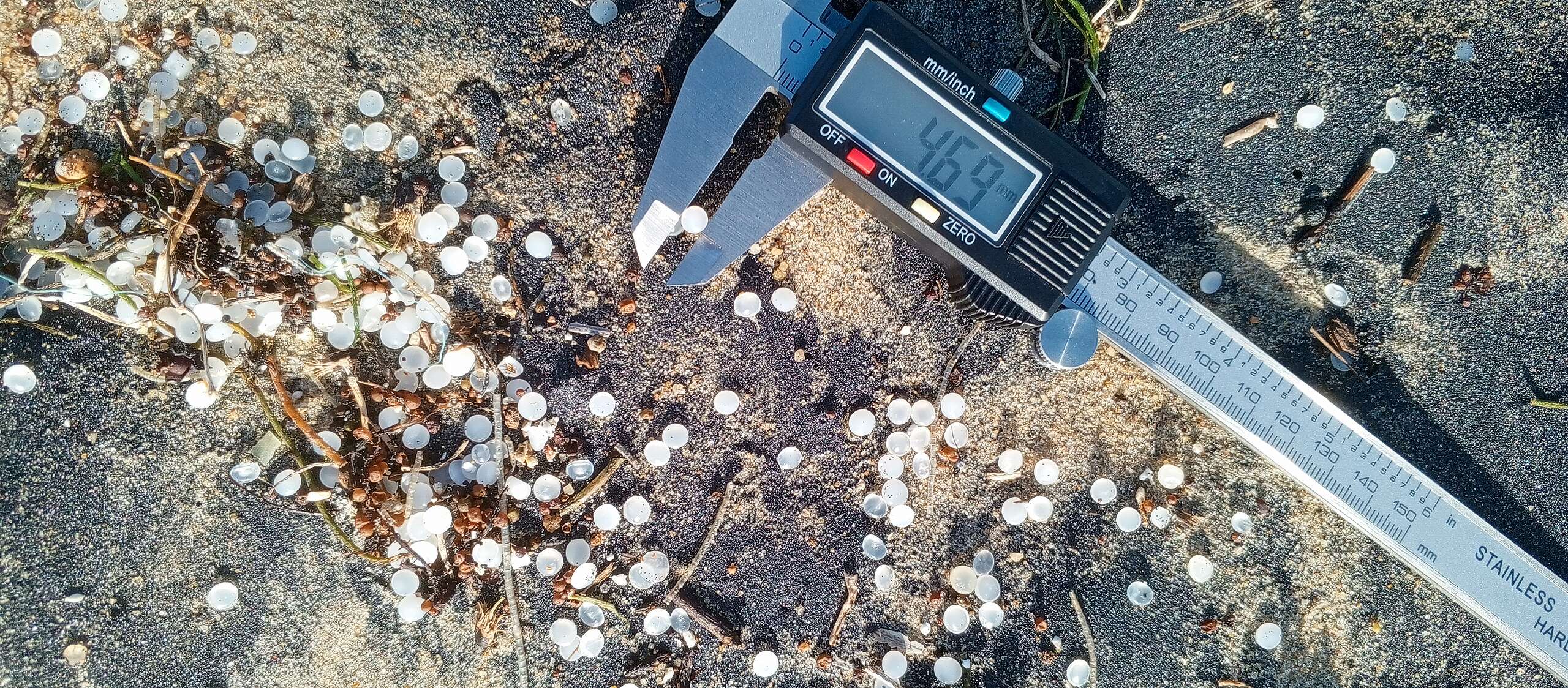
Twin Maritime Tragedies: A Grim Reminder of Shared Oceanic Vulnerabilities
In late May this year, the disaster involving the Liberian-flagged container ship MSC ELSA 3, located 14.6 nautical miles off the Thottappally Spillway in Kochi, Kerala, caused a complex situation,…
-
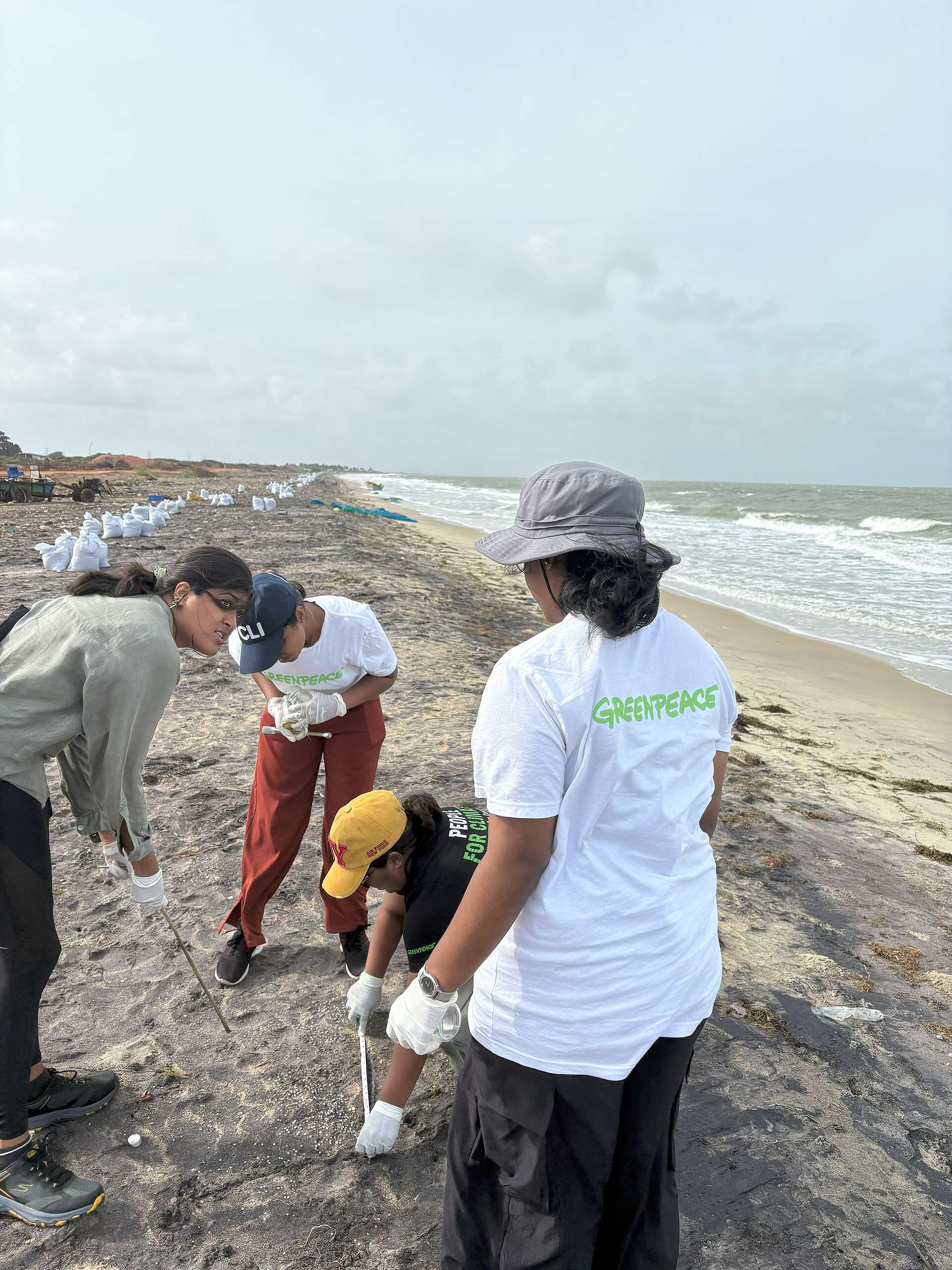
Civil Society Groups Demand Accountability from shipping company as plastic pellet pollution hits Sri Lanka
Colombo. 25th June 2025. Four years after the X-Press Pearl disaster, Greenpeace South Asia deplores the recent waves of plastic pellets washing ashore on South India and Sri Lanka’s coastlines,…
-
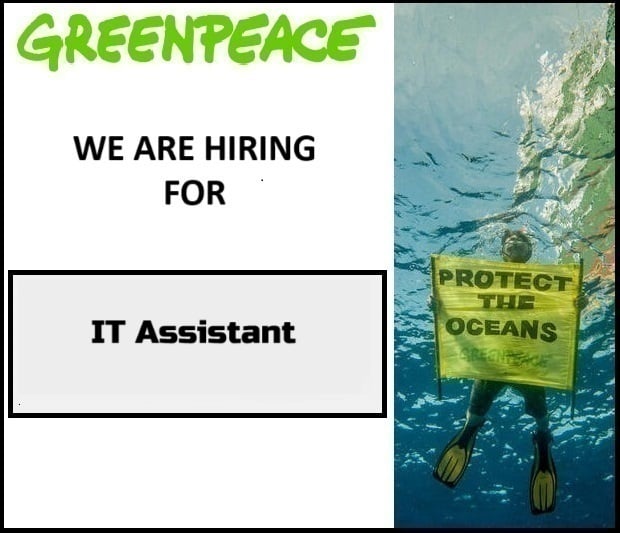
IT Assistant
This position is only open to the candidates who have legal rights to live and work in Sri Lanka.
Gallery
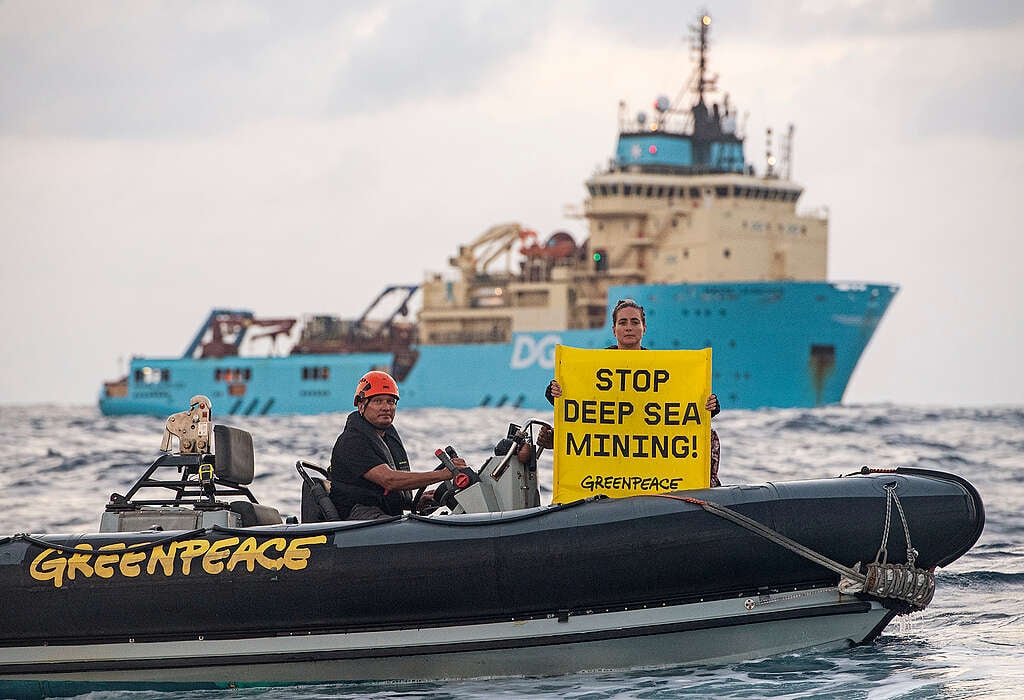
JOIN OUR TEAM
More than 15,000 passionate people around the world dedicate time, energy and skills to Greenpeace’s core values and campaigns.
.


